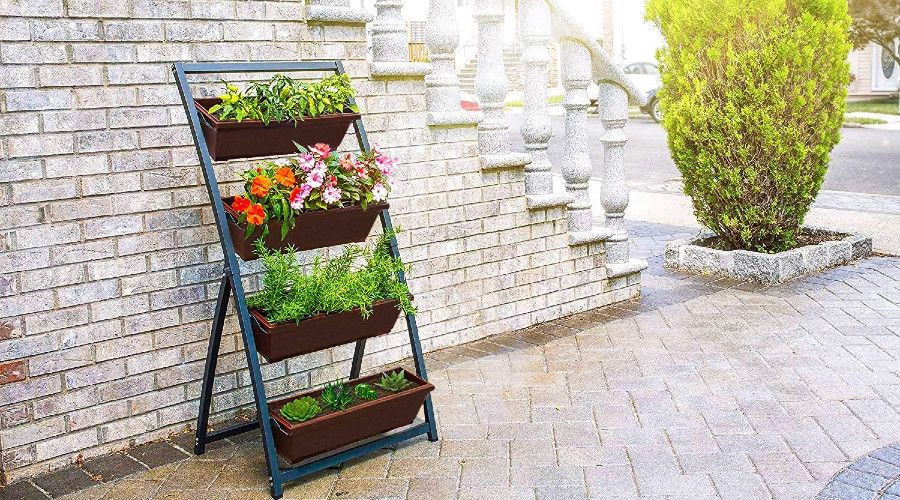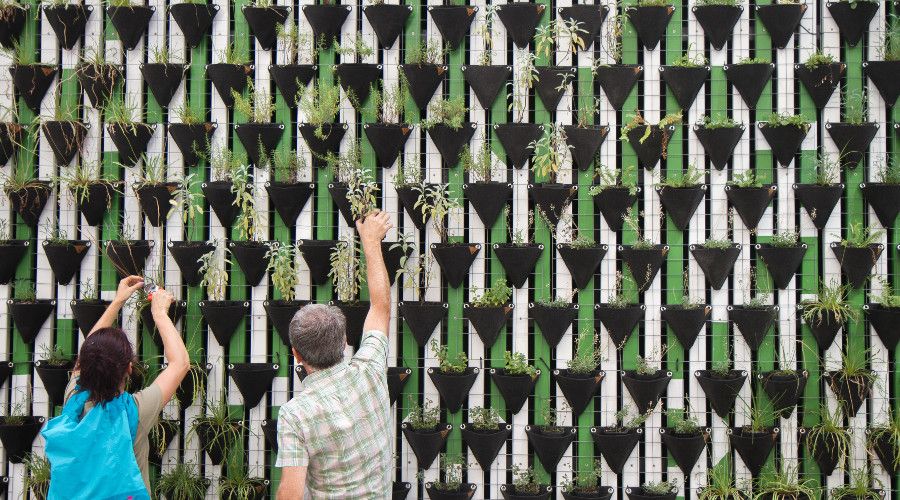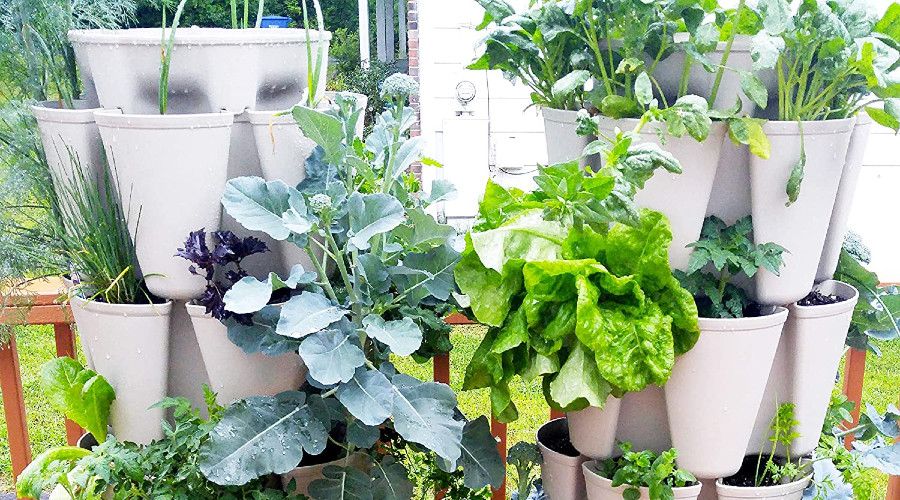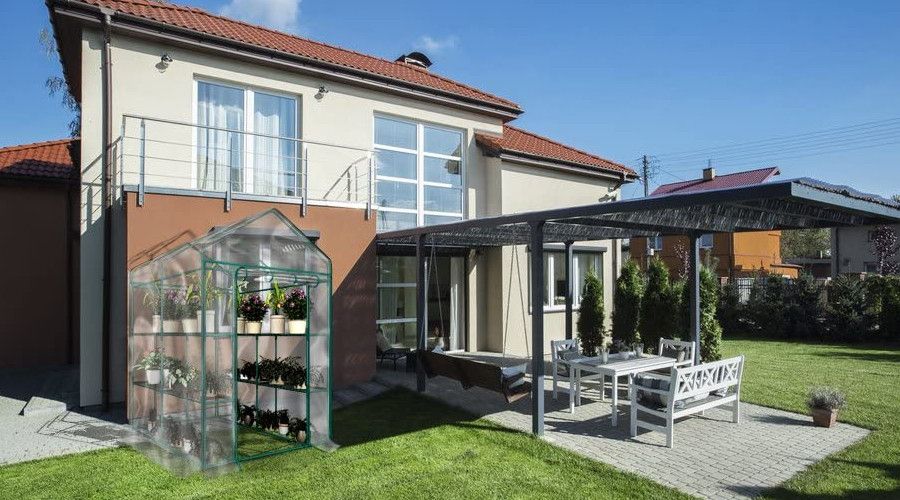If you’re considering delving into the realm of vertical gardening, you might have a few questions, especially what are the pros and cons of vertical gardening? When I first started this practice, I didn’t do the research and just dove in – planting and growing. Unfortunately, I’ve lost several plants along the way because I didn’t realize I was doing a few things wrong.
Hopefully, this little pros and cons list will help you decide whether or not you’re ready for this gardening style and how to avoid a few mistakes along the way.
What are the Pros of Vertical Gardening?
According to the Environmental Conscience, there are a lot of pros to this concept of vertical gardening. They focus specifically on vertical farming rather than gardening. However, many of the pros translate to small gardens as well. Let’s take a look at a few.
Vertical Gardens Take Less Space
Image credits: Daniel Funes Fuentes via Unsplash
As is likely obvious, vertical gardening is for the space-conscious. You can, of course, create multiple vertical garden spots and take up as much space for your plants as a traditional garden, or you can create one or two small “plots” that take up very little space.
I do this style of gardening because I have limited space on my patio and no yard. Using the concept, I can grow three or four times more vegetables than I would if I used standard container gardening concepts.
Your Plants May Have More Protection Against Animals and Invasive Plant Species
Specifically, this concept is seen in farming, but there’s far less “invasion” happening in a vertical garden than standard spread out gardens in which animals can forage and weeds can take root. It means you may be able to grow a larger assortment of plants than with a traditional gardening setup.
Vertical Gardening Can Easily Be Fully Organic
Vertical gardens and farms are more organic. Why? Because you control the soil and the water sources. You also don’t have to use varmints or harmful chemicals to protect your plants against insects.
There’s Less Crop Loss
Not everyone is using their garden for vegetables and fruits, but for those who are, you’ll find that you have fewer crop losses in a vertical garden.
Vertical Gardens Call for Extra Creativity
I’ve found that this type of gardening calls for and unleashes more creativity than standard gardening. You must figure out ways to grow your plants, help them spread out, and choose your unique planters and designs. They’re also aesthetically pleasing. It can be emphasized and drawn out even more with a little extra creativity.
Image credits: Outland Living via Amazon
What are the Cons of Vertical Gardening?
As with all good things, though, there are some disadvantages to vertical growing as well.
Increased Maintenance
One of the biggest challenges of vertical gardening is that it requires more maintenance than standard gardening styles. My own have toppled several times because of strong winds or needed additional fertilizer that my standard plants didn't need. Often you have to water them more (since many of the plants, if not all, are shielded from natural rainfall), and the tight space means more frequent pruning is required.
Upright gardening indoors may also experience powdery mildew outbreaks if they aren't managed properly.
Plant Sizes are Limited
Some plants flourish in vertical gardening settings, which is both “a blessing and a curse,” to quote Adrian Monk. It means larger plants don’t do well in vertical gardening because they will grow too big and too rapidly for the setup. Or, worse, they will soon fade or melt and have stifled root growth and eventually die.
Vertical Gardening Can Be Expensive
The initial costs of setting up vertical gardens, whether indoors or outdoors, though indoors are more expensive – can be prohibitive for some. You may be able to upcycle and recycle materials to build the right spaces for you, or you may not. Energy costs for indoor gardens, for example, also raise the price of this effort.
Plants Often Dry Out Quickly
Because your plants are, in essence, container garden plants, they tend to dry out more quickly than others. This aspect of gardening can be difficult to manage. Partially this is due to the lack of rain exposure, but equally as problematic is the fact that the plants have no additional soil for the collection of water like those planted in the ground. To deal with this, adjusting light levels for indoor growing or improving humidity levels may well help, at least indoors.
Image credits: Home-Complete via Amazon
Vertical Gardening – The Good Outweighs the Bad
For most of us, the pros of vertical gardening outweigh the cons. For me, I wouldn’t be able to grow more than a couple of tomatoes and flowers if I didn’t practice vertical gardening. The initial costs wind up paying for themselves every harvest time, thanks to the delicious produce I have each year and I feel better eating it because I know that everything is 100% organic and safely grown.




